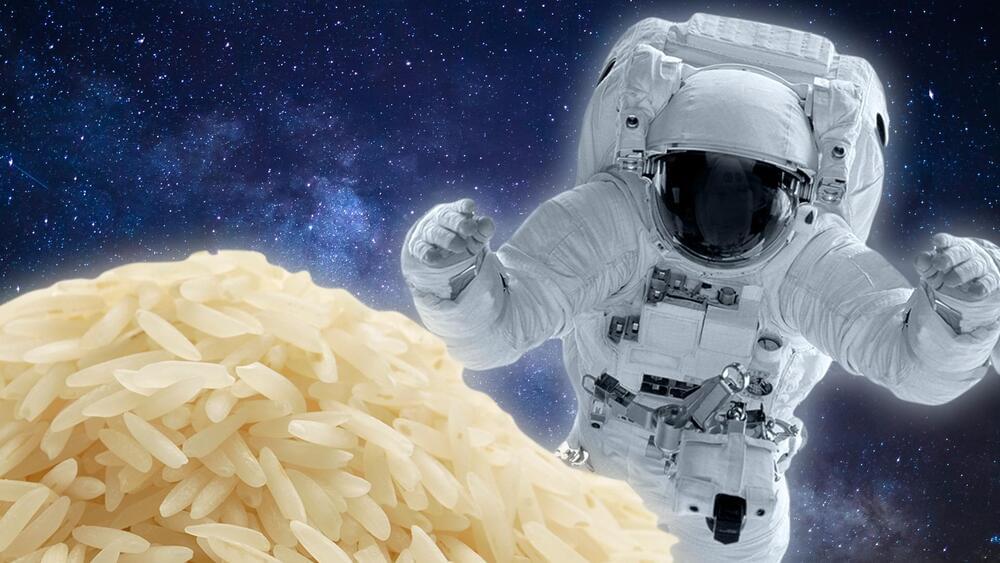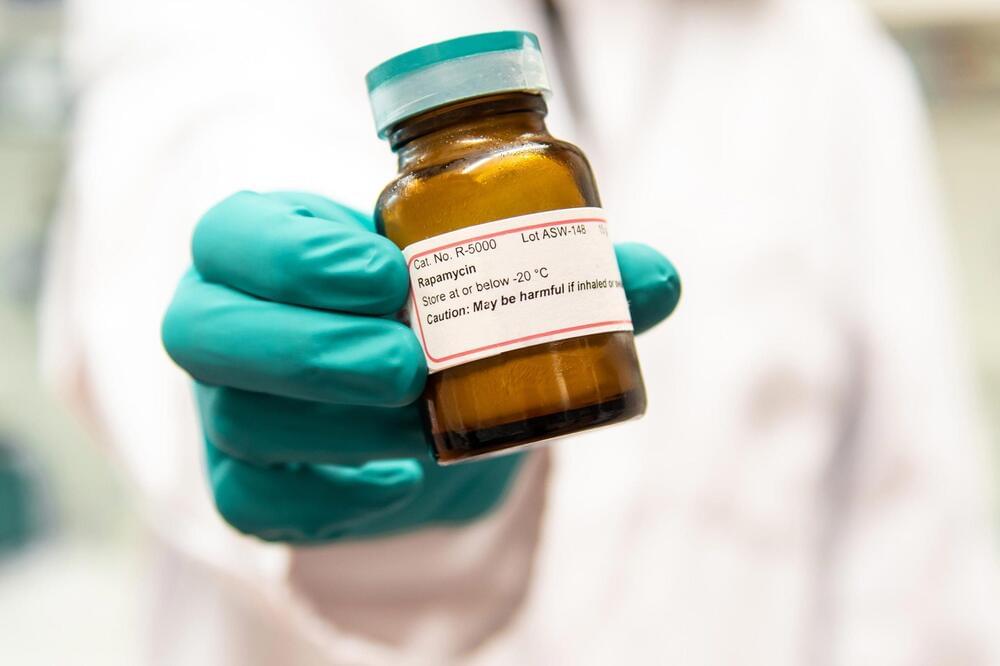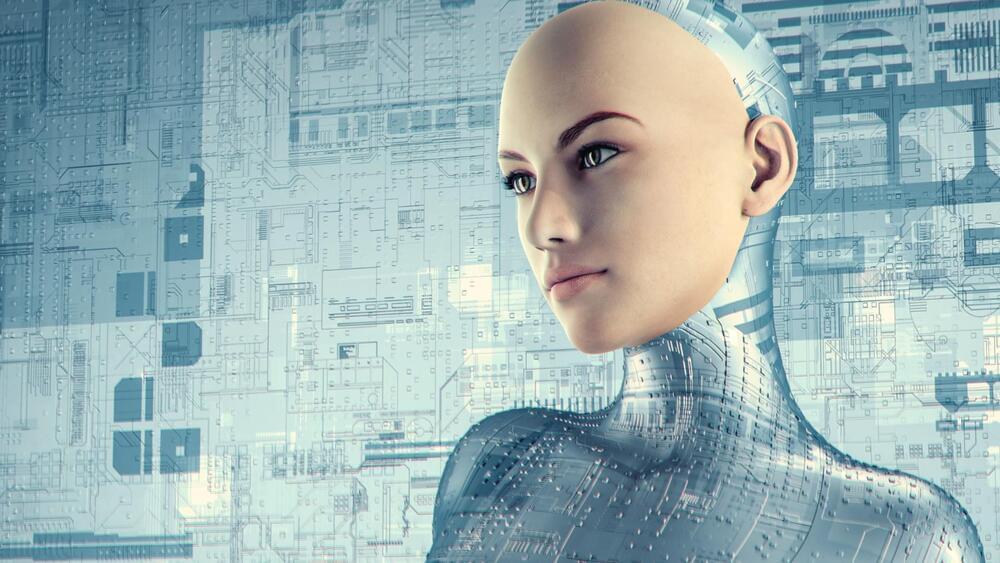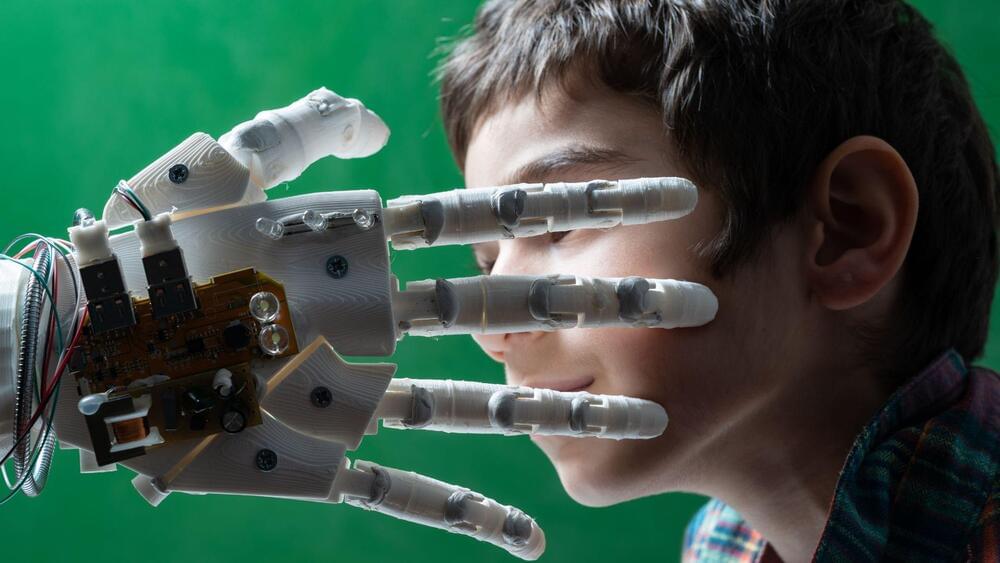Imagine being able to take a medicine that prevents the decline that comes with age and keeps you healthy. Scientists are searching for drugs that have these effects. The current most promising anti-aging drug is Rapamycin. It is known for its positive effects on life and health span in experimental studies with laboratory animals. It is often given lifelong to obtain the maximum beneficial effects of the drug. However, even at the low doses used in the prevention of age-related decline, negative side effects may occur. Plus, it is always desirable to use the lowest effective dose. A research group at the Max Planck Institute for Biology of Aging in Cologne, Germany, has now shown in laboratory animals that brief exposure to rapamycin has the same positive effects as lifelong treatment. This opens new doors for a potential application in humans.
Research scientists are increasingly focused on combating the negative effects of aging. Lifestyle changes can improve the health of older people, but these alone are not sufficient to prevent the ills of older age. Repurposing existing medications for ‘geroprotection’ is providing an additional weapon in the prevention of age-related decline.
Currently, the most promising anti-aging drug is rapamycin, a cell growth inhibitor and immunosuppressant that is normally used in cancer therapy and after organ transplantations. “At the doses used clinically, rapamycin can have undesirable side effects, but for the use of the drug in the prevention of age-related decline, these need to be absent or minimal. Therefore, we wanted to find out when and how long we need to give rapamycin in order to achieve the same effects as lifelong treatment,” explains Dr. Paula Juricic. She is the leading investigator of the study in the department of Prof. Linda Partridge, director at the Max Planck Institute for Biology of Aging.







